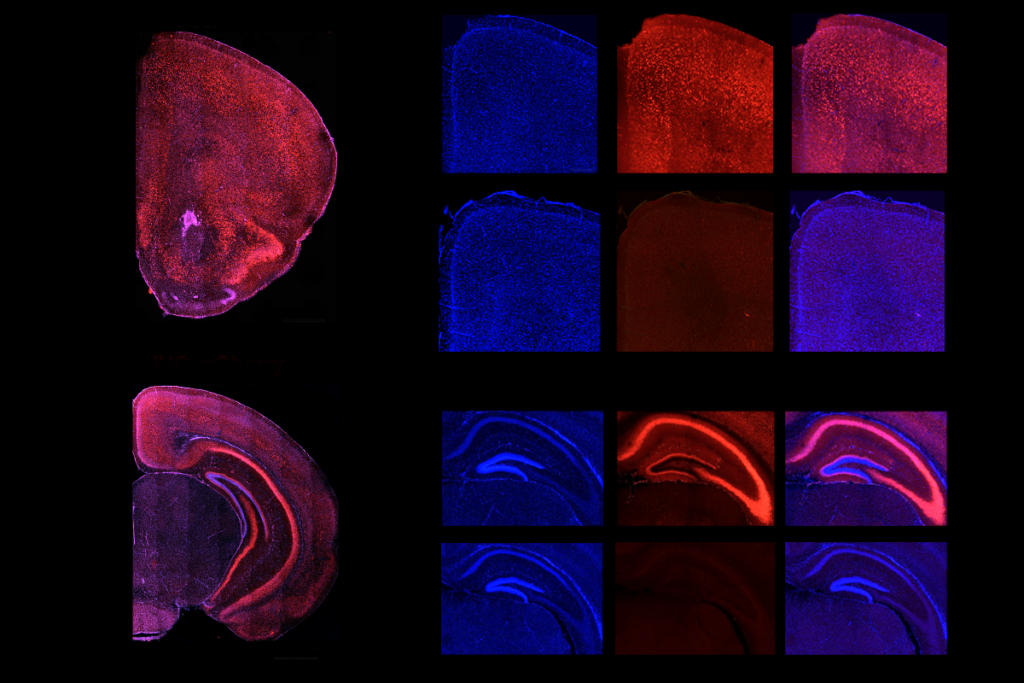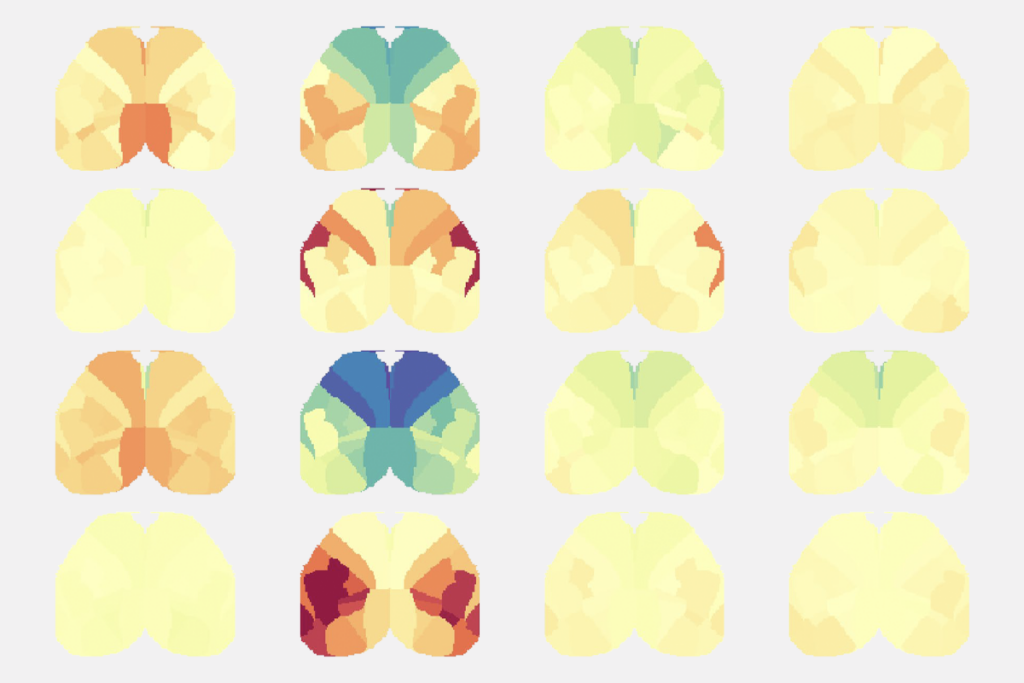Incubating risk
In the 30 years since Louise Brown, the first ‘test-tube baby’, was born, fertility techniques have grown into a major industry, accounting for more than 1 percent of births in the U.S. The general assumption has been that these babies are perfectly normal ― but are they?
In the 30 years since Louise Brown, the first ‘test-tube baby’, was born, fertility techniques have grown into a major industry, accounting for more than one percent of births in the U.S.
The general assumption has been that these babies are perfectly normal ― but are they?
Scientists are apparently finding evidence that babies born using in vitro fertilization (IVF) are at a higher risk of genetic disorders, including the rare autism-related disorder Angelman syndrome.
This month scientists from the Centers for Disease Control and Prevention looked at 9,584 babies with common birth defects and 4,792 healthy babies, and found that that 2.4 percent of babies with birth defects had been conceived via IVF, compared with 1.1 percent of the controls.
If the increased risk is real, then what could be causing it? Some scientists pin it to the nutrient broth that the embryos are bathed in before they are transplanted into the womb. Chemicals in the broth may make epigenetic changes ― which change gene expression without altering the underlying DNA code ― to the fetus’s genome. Unfortunately, testing this theory is easier said than done. IVF clinics use different kinds of broths, and researchers don’t know what specific epigenetic changes to look for.
A few studies have linked epigenetic changes to autism. But that’s a far, far cry from saying IVF might cause autism. So far, no epidemiological study has tracked IVF babies for years after birth to look for increased risk of any kind of disorder.
Recommended reading

Ramping up cortical activity in early life sparks autism-like behaviors in mice

New method identifies two-hit genetic variation in autism; and more

Protein tug-of-war controls pace of synaptic development, sets human brains apart
Explore more from The Transmitter

Psychedelics muddy fMRI results: Q&A with Adam Bauer and Jonah Padawer-Curry

First Pan-African neuroscience journal gets ready to launch
